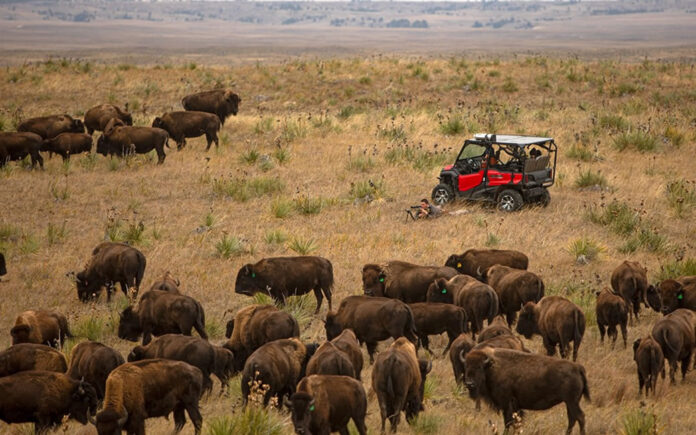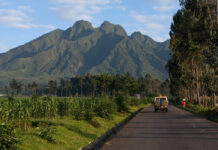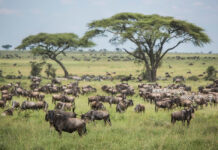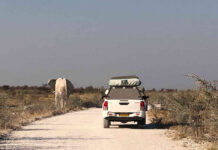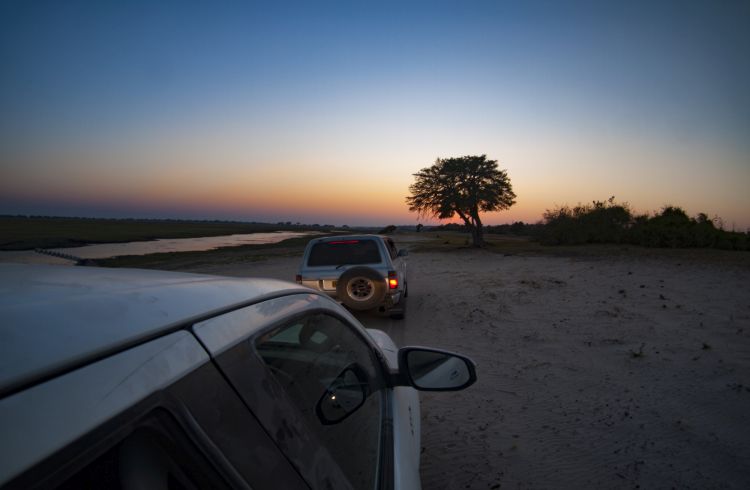Before European settlers arrived in North America, the continent’s Native Indian tribes kept or co-existed with enormous buffalo (bison) herds. Various estimates have placed the population of buffalo then at anywhere between 20 and 200 million. Buffalo meat was an important food source with the hides used for making clothes and tippis (tent-like dwellings).
From the 16th century, the incoming settlers introduced the Indians to horses, guns and sharp knives all of which made hunting for buffalo that much easier. This coupled with sport hunting as well as the wars for territorial control between the Native Indians and the Europeans saw buffalo numbers decimated in the 19th century to as little as 1,000 in the US. The rest is history with Native Indians effectively forced into government reservations, having been stripped of such an important aspect of their daily life.
While Native Indian buffalo herds are much fewer than they were at their peak, many Indian reservations have developed substantial herds that allow tourists to catch a glimpse of how Indian life once was. The Cheyenne River, Pine Ridge and Rosebud Indian Reservation in South Dakota for instance incorporate guided tours of their buffalo herds as part of the visitor package. Buffalo herds in reservations now number more than 10,000.
The reservations are not the only place you can see buffalo. The Yellowstone National Park in Montana was for years the premiere destination in the US where anyone intent on seeing buffalo herds would go to and still boasts one of the single largest bison populations in the country.

